Bird control is an all too familiar issue in airports, of course, and in marinas, at leisure parks and on agricultural land, but many people don’t associate it with wind farms. The truth is, however, that effective bird control is fast becoming a must-have for many site owners. Our avian population has learned to cope with human encroachment on once rural locations and can adapt accordingly with ease. As a result, the need for bird dispersal is stronger than ever.
The UK is home to a huge number of wind turbines, and these have become a common sight in many areas. It’s estimated that we have more than 11,000 of them in Britain, and of course this number is increasing all the time. The UK is regarded as the best spot for wind power in the whole of Europe and is one of the finest on the planet. Our capacity for harnessing the wind is on the rise, and it’s a trend that’s set to continue for many years.
Therefore, of course, there’s a growing need to make sure the country’s bird population isn’t negatively affected by all the new turbines that are appearing. Collisions with wind turbines have killed a significant number of birds, and disruptions to former habitats will also have a significant impact on their lives. Clearly, something needs to be done to minimise the dangers that our avian population faces.
Effective monitoring to build an accurate picture
Here at Scarecrow, we have become the go-to solution provider for many locations needing effective bird control, and we recognise the fact that wind farms represent a unique set of challenges. Keeping birds away from the turbines themselves, many of which can be more than 100 metres in height, is an ongoing issue which needs careful consideration, and key to this is acquiring an understanding of the birds’ movements and activities. The bottom line with this issue is that embracing wind energy is good for the planet, but it needs to be done with as little harm to wildlife as possible.
Using bio-acoustic technology to deter birds has long been a viable solution on airport runways, but of course it may not have relevance on wind farms. A particularly large facility will take up more space than the average airport runway, so monitoring may have to be more widespread. In the coming years, as the need to embrace more sustainable energy sources becomes ever stronger, it will be easy to see why bird control at wind farms will become an absolute necessity. To find out more about our products and services, get in touch with the Scarecrow team today. Just call 01825 766 363. We hope to hear from you soon.


